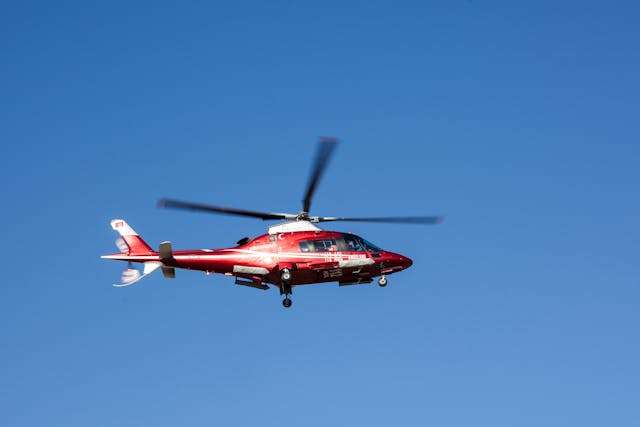The scope and capabilities of specialized commercial airline stretcher assistance have become pivotal in the healthcare industry, providing a lifeline for those needing rapid medical transport. As communities become more interconnected, the demand for efficient, lifesaving air ambulance services has surged, highlighting the need for a comprehensive understanding of these critical services.
Criteria for Using Air Ambulance Services
Before activating air ambulance support, healthcare professionals must consider the patient’s needs, urgency, transport time, and overall impact. Specialized commercial airline stretcher assistance can be crucial when patients require specific positioning or medical equipment during transport.
Air ambulance services offer quick response and transport, bridge vast distances, provide access to advanced medical facilities, and shorten transport time. Air ambulances’ onboard medical capabilities also ensure lifesaving care begins before takeoff.
Air Ambulance Crew Composition and Training
The crew is the heart of an air ambulance, consisting of a specialized team trained to handle high-acuity medical scenarios typically encountered at high altitudes. Pilots navigate through unpredictable skies, while medical teams, composed of paramedics, nurses, or even physicians, are equipped with advanced training in aeromedical care.
They must respond to the patient’s medical needs and the physical demands of air transit, such as significant pressure changes and limited maneuvering space. The specialized skill set of an air medical crew ensures that they can perform complex medical procedures en route to a healthcare facility, with the patient’s condition remaining their central focus.
Technology and Equipment Onboard Air Ambulances
Air ambulances use advanced medical equipment and technology that rivals emergency rooms. This equipment includes portable life support systems, diagnostic monitors, and emergency medication. The air medical team can use this equipment to monitor vital signs, provide treatments, and perform surgery at high altitudes.
Satellite communication and GPS technology have significantly improved navigation, allowing air ambulances to chart the most direct and safest route to medical facilities. This reduces response times and increases the success rate of medical interventions. Air ambulance services have surpassed local and national boundaries and now play a vital role in global health responses.
They overcome geographical limitations during humanitarian crises, transport necessary medical supplies, and transfer patients across international borders to receive specialized care unavailable locally.
Preparing for an Air Ambulance Transport
Considering an air ambulance is a complex decision, often made under pressing circumstances. Preparations involve understanding the logistical intricacies, from the coordination among healthcare facilities to ensure proper care continuation to the detailed discussion on the medical requirements during flight.
Patients and their families should be briefed about the process, what to expect, and how to coordinate with medical and insurance providers. A comprehensive plan can significantly reduce anxiety and provide clarity, paving the way for a smoother, more efficient medical transport experience.
The Future of Air Ambulance Services
Air ambulance services are changing with new technologies and methods that promise to make them more effective. UAVs (uncrewed aerial vehicles) can reach remote areas quickly, and telemedicine can provide real-time remote specialist consultation.
These changes will help air ambulance services deliver emergent health care more efficiently. The air ambulance industry is witnessing significant transformations that will strengthen its role in delivering emergent health care.

